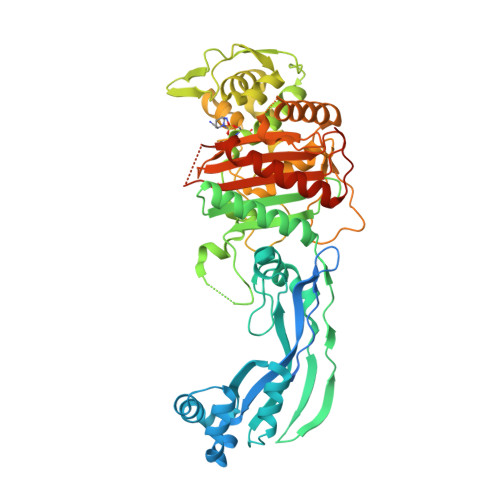

One of the regulatory mechanisms for AmpC expression, recently identified in clinical isolates, is the inactivation of LMM-PBP4 (Low-Molecular-Mass Penicillin-Binding Protein 4), a protein whose catalytic activity on natural substrates has remained uncharacterized until now. This regulatory system also participates directly in peptidoglycan turnover and recycling.


The resistance of this opportunist pathogen to β-lactam antibiotics is determined mainly by production of the inactivating enzyme AmpC, a class C cephalosporinase with a regulation system more complex than those found in members of the Enterobacteriaceae family. Community and nosocomial infections by Pseudomonas aeruginosa still create a major therapeutic challenge.


 0 kommentar(er)
0 kommentar(er)
